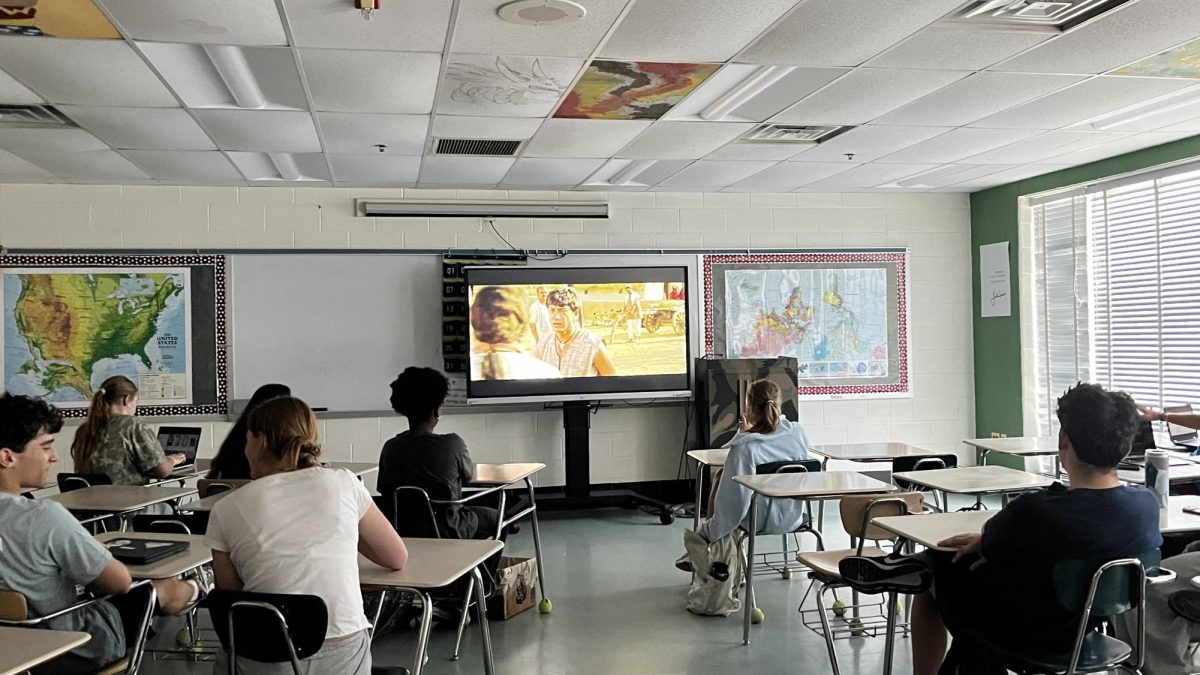Mental health within schools has become a hot topic for students, parents and teachers alike in recent years. With students having to juggle both their academic and social lives along with potential extracurriculars, it becomes hard to pinpoint where problems arise and how schools can accommodate students. Students might also be generally uncomfortable with disclosing their problems with faculty members, and some even choose to avoid confronting their issues altogether. The combination of these factors often leads to schools being unable to help their students before any major issues arise.
This isn’t to say that schools are unable to help their students deal with problems such as stress and anxiety. For example, here at WJ, the school has implemented “Wildcat Wellness” as a way for students to either catch up with teachers and school work, or take a break from the school day and just rest. Last year, the school had a couple of “Mental Health Days”, where periods were replaced with activities meant for students to unwind and relax. In addition, the school also has the Sources of Strength program, which is meant to assist students in finding help for whatever mental health issues they’re facing as well as promote connections between students and trusted adults. However, with all of these programs that have been put in place, a question arises; how helpful are school-organized programs?
While “Wildcat Wellness” is advertised as a time in the day for students to either catch up with schoolwork or take a break and rest, it’s inherently flawed. With only 40 minutes being allocated in the entire school week, it can be hard for students to get any meaningful work done. This isn’t even considering the many students who use the time to just nap or go on their phone. In regards to giving students time to relax and take a step back from the school day, 40 minutes isn’t enough time for students who truly need it.
However, despite the shortcomings of “Wildcat Wellness”, it still carries out its role adequately well in some areas. While students may not be able to complete lengthy assignments such as essays or projects, they can still knock out busy-work such as math homework. In addition to this, students can visit another teacher to receive help on other subjects when given permission.
When looking at Sources of Strength, it’s easy to see how much of an impact it makes on students who truly need help. The resources it provides for students who are going through rough spots in life or who are dealing with mental health issues is invaluable. Due to Sources of Strength, more students are able to sort out their issues easier than before due to the help of peer leaders, as well as feel more comfortable with airing their concerns to trusted adults.
Whilst these school-organized programs may be flawed in some ways, the benefits they provide for students are still helpful and useful for students. Schools can only do so much in regards to mental health. It’s unreasonable to expect that the school’s limited staff can accommodate the problems of over 2000 teens. At the very least, they should provide students with a safe learning environment, and these programs succeed in that regard. If students have or develop mental health issues, it’s up to them and their parents to seek help from resources that work best for them, such as a professional.









